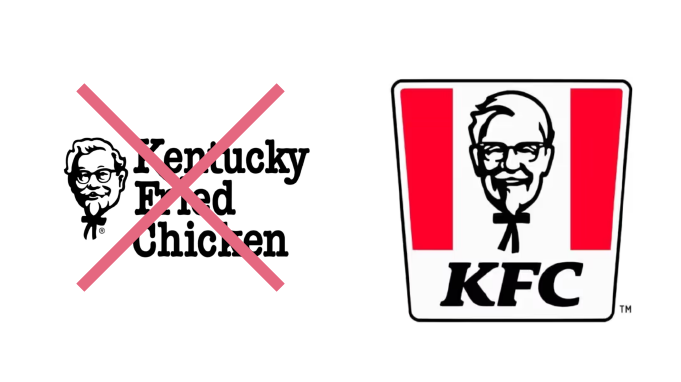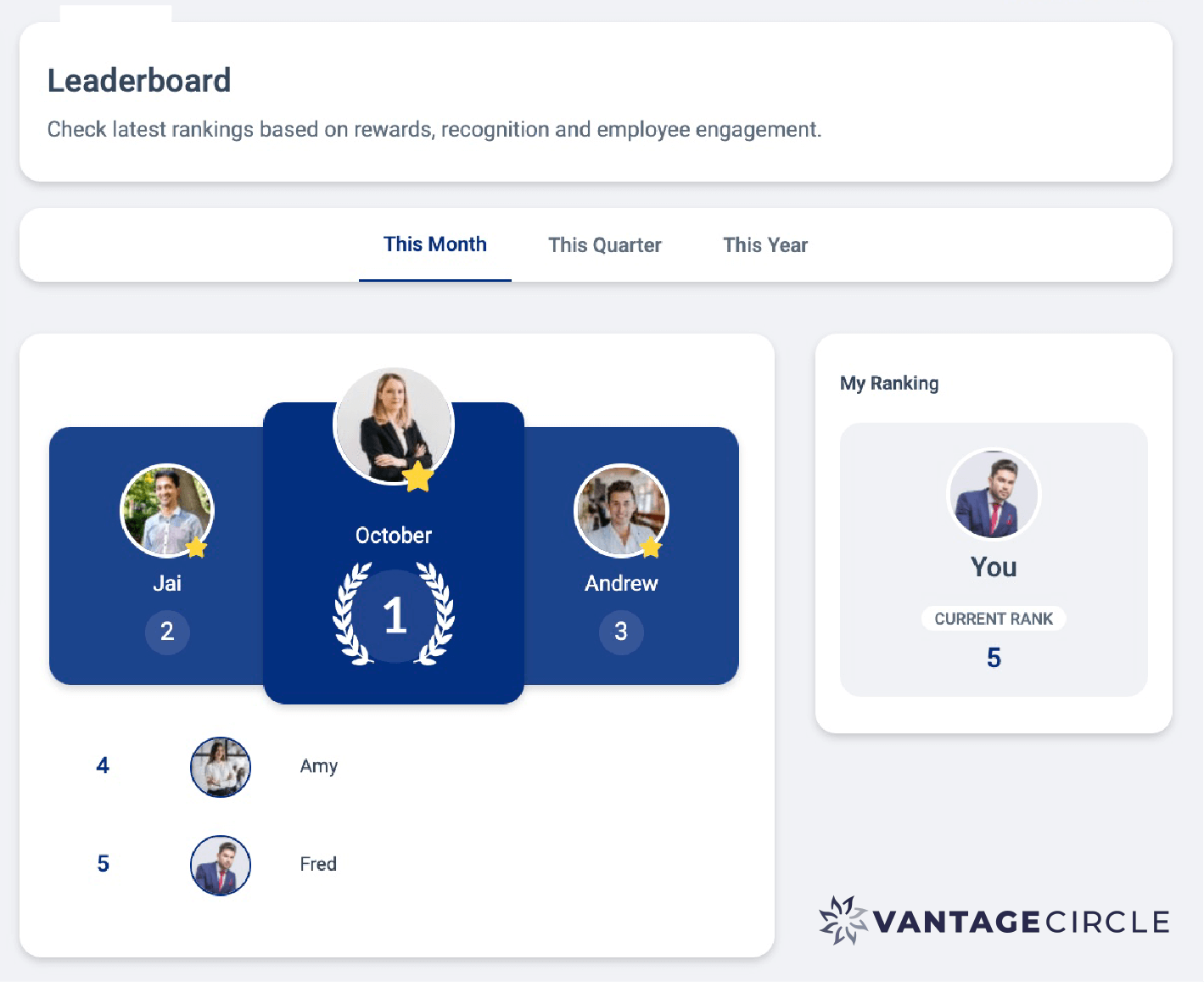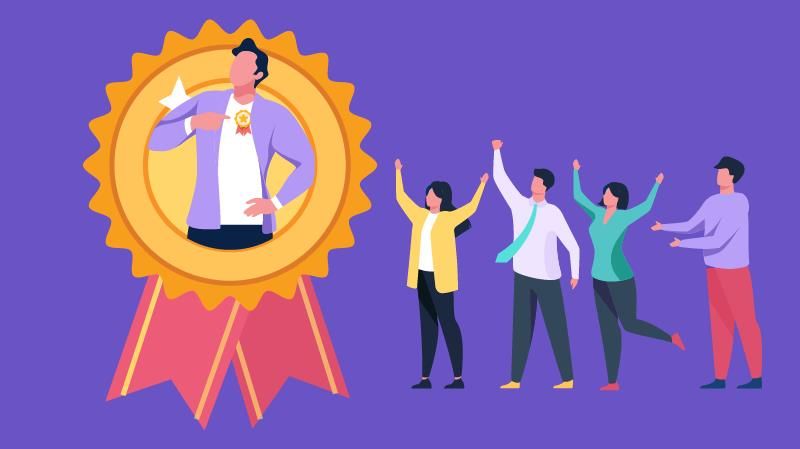Culture by Design: Building Values that Deliver

A Global Employee Recognition and Wellness Platform
“When I visit my sister’s house, I see dirt she doesn’t see. When she visits mine, she sees dirt I don’t notice. That’s culture, at least in part.”
With that simple analogy, Dave Ulrich- the Father of Modern HR, makes an often-abstract concept tangible. Culture is the invisible set of norms, values, and patterns that shape how work gets done. And just like dust in a home, it’s often most visible to outsiders.
Organizations navigating rapid change, global competition, and evolving customer demands, culture isn’t a “soft” consideration. It’s a strategic lever that determines market position, employee engagement, and ultimately revenue growth.
That’s why understanding culture in depth is so important. And in this blog, we’ll do just that. We’ll draw from Dave’s insights in Vantage Point: In Conversation with Dave (Season 1, Episode 2) and bring to you the key takeaways from his perspective on culture.
Defining Culture, the Right Way
Many organizations mistake “culture” for a list of aspirational values on a wall. Dave is quick to point out that this is only part of the picture and highlights that,
A culture is a set of values, a set of norms, and then companies try to institutionalize that through words, practices, and expectations.
Culture is not new to human behavior. Anthropologists have studied group patterns for decades. They’ve analyzed how norms emerge in families, communities, and even in animal groups. And in the case of organizations, culture is the underlying ethos you can often sense within minutes.
Dave offers a simple test which is interesting. Think of two restaurants, hotels, or grocery stores you’ve visited. And then answer a few simple questions.
-
How quickly could you feel the difference?
-
Were the employees engaged?
-
Was the environment clean?
-
Were you greeted warmly?
Well, these surface details reflect deeper cultural norms.
Now, to make this idea more tangible, let’s take the example of the world-famous Disney. At Disney World, employees are expected to show relentless positivity, even in tough conditions. No matter what, a happy face is a must.
So, you see, culture isn’t inherently “good” or “bad.” It’s only effective when it aligns with an organization’s purpose and consistently delivers value.
Do Give a Read: 10 Ways to Create a Great Company Culture
Linking Culture to Customer

Do you know what’s the most important shift in how we think about culture lately?
It’s moving from an inside-only focus (“our values, our behavior”) to an outside-in perspective (how those values create value for our customers.)
Culture becomes meaningful when it shapes the brand in the customer’s mind. Take Unilever, the global giant, for example. Unilever has built a reputation for social responsibility, and its culture reflects that.
In fact, Amazon, the global e-commerce and tech giant, is recognized for speed, low prices and reliability. It demands a “tight” internal culture with rigorous processes. And not daily experimentation on delivery routes.
At the end of the day, culture isn’t powerful just because it exists inside a company. It matters when it shows up in the marketplace.
When and How to Change
Culture isn’t permanent. It’s not a set of values etched into stone tablets. Instead, it’s something that has to adapt as quickly as the marketplace changes.
Dave likes to frame it this way, “Don’t think of culture as our values. Think of culture as how our values create value for the changing marketplace.”
In simple words, culture must connect to what’s happening outside, in the world of customers, markets, and competition.
Let’s look at a few examples:
KFC’S identity shift

Once called Kentucky Fried Chicken, the brand realized that the word “fried” didn’t sit well in a world that was becoming more health conscious. So, they dropped it, became KFC and evolved their menu to match customer expectations.
Kodak’ s wrong move

Kodak is a cautionary tale. Despite pioneering digital camera technology, they clung to their identity as a film company. Their culture didn’t evolve with the market shift to digital, and the result was unfortunately, devastating.
Now, what’s the lesson learned?
Well, when the markets shift, cultures must shift too. If not, organizations risk losing relevance.
Having said that, we’ve to keep one thing in mind. Culture change shouldn’t happen because a leader feels like reshaping it to match their own style or value. That’s a gamble. The real driver always has to be the customer.
Post- COVID Shifts Leaders Can’t Ignore
The pandemic didn’t just change where we work. It has very much reshaped what people expect from work itself. In fact, Dave’s research highlights two major cultural shifts that every leader needs to pay attention to.
1. Personalization of Work
Before COVID, most organizations followed a one-size-fits-all approach. Same rules, same schedules and same systems. But the pandemic changed that.
Your employees are now juggling different realities. Childcare, health concerns, or discovering remote work boosted their productivity.
The clear takeaway?
People don’t all work the same way. And flexibility is no longer optional, it’s expected.
As Dave notes, personalization isn’t about lowering standard. It’s about creating conditions where your team members can perform their best. And that, without a doubt, is the most lasting legacy COVID left in the workplace.
2. Hope for the Future
The second shift is more surprising and perhaps even more powerful. While empathy and compassion remain important, what truly moves the needle post-COVID is hope.
Leaders who simply commiserate with employees’ struggles risk leaving people stuck in the past. But leaders who help employees see a better future, whether through career growth, skill-building, or new opportunities make a real difference. That vision unlocks stronger motivation and performance.
As Dave puts it, “The most empathy and compassion you can give is giving people hope for what’s next. Don’t just live with them in the past, help them create what can be.”
Do Give a Read: Challenges of HR And Its Shift Post COVID-19 Pandemic
Now, these shifts aren’t some temporary trends. They’ve become part of the cultural fabric of today’s workplace. Leaders must weave personalization and hope into their organizational fabric to attract and retain top talent.
The 5 Step Culture Playbook

Throughout the podcast, I’ve noticed one incredible thing. Dave made culture sound a lot less mysterious. Instead of treating it as an abstract idea, he breaks it down into five practical steps. So, I would request our readers to think of it as a playbook for making culture real.
1. Start with Identity
Ask the big question first, “What do we want to be known for by our best customers in the future?”
That’s the anchor.
Culture shouldn’t try to be everything to everyone. It should be laser-focused on what matters most to your customers. For instance, an airline that wants to be known for low fares will build a very different culture than one that wants to be known for luxury service.
You see, clarity here sets the tone for everything else.
2. Make it Tangible
Once you know the identity, people inside the organization need to be able to picture it. That’s where words, metaphors, and visuals come in. If you can’t describe your culture in simple, everyday language, chances are your employees won’t know how to live it.
3. Translate it into Behaviors
You know what, culture doesn’t live on posters or mission statements. It lives in what people actually do. That’s why the next step is working with employees to define what the values look like in daily work.
If “innovation” is a core value, what does that mean in a team meeting? How does it look like in product development or with a customer on the phone?
As soon as people see values in action, culture shifts from an idea to something they experience every day.
4. Back It Up with Systems
Even the clearest culture won’t stick if the systems tell a different story. Say you claim to value collaboration but only reward individual achievement, people will chase the rewards, not the words. That’s why this step is all about alignment.
Hiring, training, promotions, recognition, even how resources get allocated, all of it needs to reinforce the culture you’re trying to build.
Let me make it simpler for you. Take Google, for instance. Its culture of innovation isn’t just a slogan. It’s reinforced through processes like “20% Time” policy which encourages employees to pursue side projects.
Their systems or policies support the promise, and that’s what makes the culture real.
5. Model it Through Leadership

Source: Vantage Recognition
No wonder, culture sticks when leaders live it.
Your employees are always watching what leaders say and do. If your leaders don’t walk the talk, the culture won’t stick. That doesn’t imply that leaders need to be perfect. But it most certainly implies that they need to be intentional.
Dear readers, put together, these five steps prescribed by the “HR thought leader of the Decade” and there’s no way you’re not winning in culture.
Conclusion
At this point, you can see that culture goes far beyond slogans or laminated values. It’s the everyday reality of how an organization works.
It’s the invisible system that shapes behaviors, priorities, and outcomes. The most successful cultures are designed from the outside in, evolve in step with the market, and are reinforced through leadership, systems, and recognition.
As Dave Ulrich reminds us,
The measure of culture is not how well it fits internal preferences; it’s how effectively it delivers value to those you serve.



















